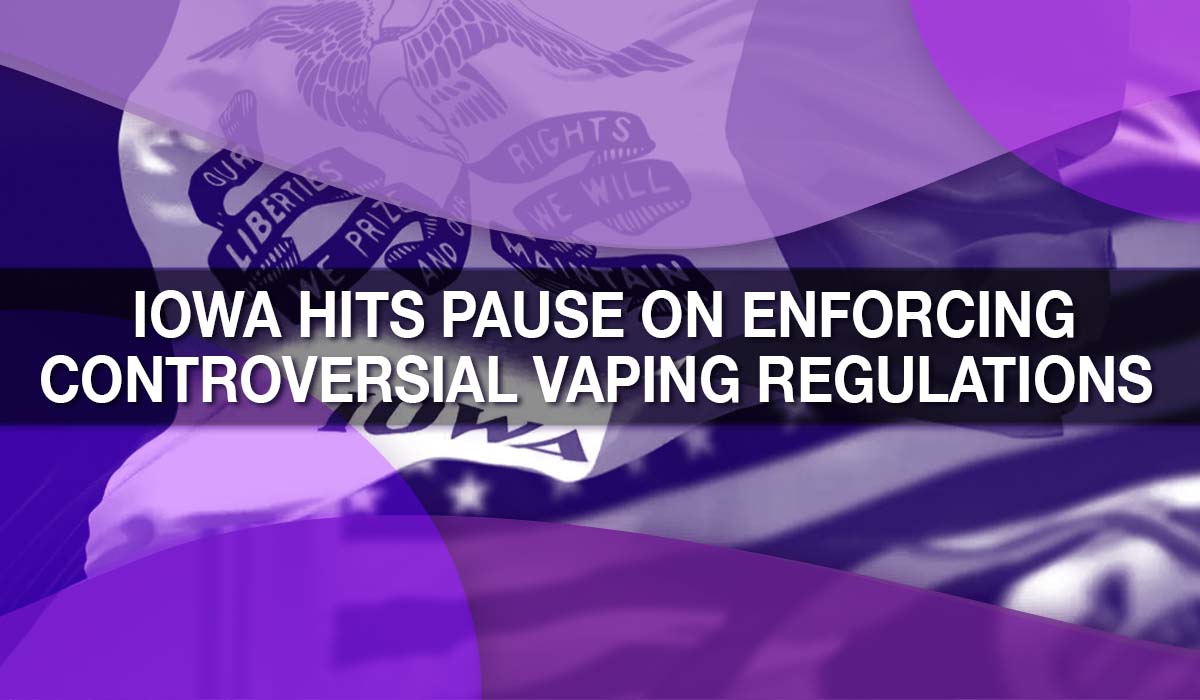
Flavored E-Cigarette Bans Lead to an Increase in Daily Smoking
As the debate over flavored e-cigarettes continues to intensify, new research sheds light on the consequences of flavor restrictions. A recent study published in Addiction analyzed survey data from three U.S. states with flavored e-cigarette bans and found concerning trends. The findings reveal that these bans, aimed at reducing vaping among young adults, may inadvertently lead to an increase in daily cigarette smoking—a far more harmful alternative.
Key Findings: Consequences of Flavor Bans
The study highlights two significant shifts in behavior among young adults aged 18-25:
- Daily Smoking Increased: Flavored e-cigarette bans led to a 2.2 percentage point increase in daily smoking.
- Daily Vaping Decreased: The bans also caused a 3.6 percentage point reduction in daily vaping.
At first glance, the decrease in vaping might appear to be a victory for advocates of nicotine prohibition. However, the accompanying rise in cigarette smoking raises serious concerns, as combustible tobacco products are widely recognized as far more harmful than vaping and the leading cause of preventable death in the US.
Why Are Flavor Bans Backfiring?
Flavored e-cigarettes have been a popular tool for adult smokers looking to quit combustible cigarettes. The availability of appealing flavors makes the transition from smoking to vaping more palatable for many individuals. Removing flavors from the equation can lead vapers to return to smoking, as they no longer find vaping satisfying or enjoyable.
For young adults, who are often in the experimental phase of nicotine use, the removal of flavors may push them toward combustible cigarettes, which remain widely available despite their well-documented risks.

Harm Reduction: A Missed Opportunity
The harm reduction potential of e-cigarettes lies in their ability to provide a less harmful alternative to smoking. Public Health England has estimated that e-cigarettes are 95% less harmful than combustible tobacco. By reducing exposure to the thousands of toxic chemicals in cigarette smoke, vaping offers smokers a pathway to significantly lower health risks.

The study’s findings suggest that flavor bans undermine this harm reduction strategy. Instead of curbing nicotine use altogether, they shift consumption back to more harmful products, ultimately increasing the public health burden.
Balancing Youth Prevention and Adult Access
The primary justification for flavor bans is the protection of youth, as flavored e-cigarettes are often criticized for appealing to minors even though youth vaping is now at an all-time low.
This study underscores the importance of balancing youth prevention with adult access to harm reduction tools. Overly restrictive policies risk alienating adult smokers who rely on flavored e-cigarettes to quit smoking.
Lessons for Policymakers
The findings from this study offer critical insights for policymakers grappling with how to regulate e-cigarettes. Prohibition-style measures may not achieve their intended goals and could inadvertently cause more harm than good. Instead, policies should focus on:
- Enforcing Age Restrictions: Stricter penalties for retailers who sell to minors can help curb youth access without limiting adult options.
- Public Education: Campaigns that highlight the relative risks of smoking versus vaping can inform better decision-making among both youth and adults.
- Targeted Restrictions: Tailoring policies to address youth-specific issues, such as banning cartoonish packaging, while preserving access to other flavors for adult users.
Conclusion
While flavored e-cigarette bans claim to aim in reduce youth vaping, they also risk driving young adults toward far more dangerous smoking habits. Policymakers must carefully consider these consequences and prioritize harm reduction strategies that balance youth prevention with adult access to less harmful alternatives.
As the evidence mounts, it becomes increasingly clear that prohibition is not the answer. A nuanced, evidence-based approach is essential to truly advance public health in the ongoing battle against smoking.










Leave a comment
This site is protected by hCaptcha and the hCaptcha Privacy Policy and Terms of Service apply.